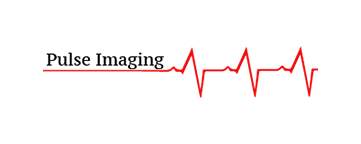X-Ray Wrist-Left
- Obvious wrist trauma
- Deduced fracture
- Physical deformity
- Tenderness
- Non-traumatic deformity
- Chronic but inexplicable wrist pain
- Your child/ patient will be asked to change into a hospital gown
- No jewelry, glasses and metallic objects should be worn. Consult your physician if you are pregnant or there is a possibility of pregnancy, X-rays are usually avoided during this period.
- Prepare your child for their X-ray by explaining the procedure in simple terms, such as comparing it to having a photograph taken of your bones.
- You can familiarise them with the room and x-ray machines and stay in the room with them for support. Also, be sure to explain that they need to remain still, so the experience passes quickly.
- Wrist alignment and bony cortices: Disruptions in the cortex are very subtle, which could be a suspected torus/buckle fracture. Breaks and hairline fractures may be present in the cortex
- 1-2mm space between all carpal bones should be observed
- Carpal dislocation deduced from broken arc or widening or non-uniformity between the spaces
- The carpometacarpal (CMC) joint spaces should be seen of uniform width (1-2mm).
- Dislocation of 4th and 5th metacarpal if light between the joints appears narrowed.
Frequently ordered together
X-Ray Wrists-Both
X-Ray Wrist 2 Views
X-Ray Wrist Minimum 3 Views
X-Ray Wrist
X-Ray Wrist-Right
X-Ray Wrist 2 Views-Left
X-Ray Wrist 2 Views-Right
X-Ray Wrist Minimum 3 Views-Left
X-Ray Wrist Minimum 3 Views-Right
140.00$
150.00$
150.00$
150.00$
150.00$
65.00$
65.00$
65.00$
65.00$















